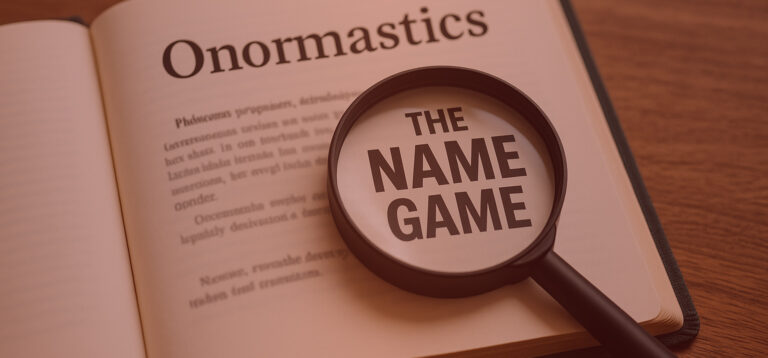
African American News in the Baltimore Sun, 1870-1927, by Margaret D. Pagan, Draws High Praise from University Archivist
Dr. Ida Jones is University Archivist at Morgan State University. She recently prepared the following review of Margaret D. Pagan’s new book, African American News in the Baltimore Sun, 1870-1927. The review not only summarizes and appraises Mrs. Pagan’s publication but also describes the context for news about African Americans in what had been the nation’s largest free black population.
“African American News in the Baltimore Sun 1870-1927, compiled and edited by Margaret D. Pagan Baltimore: Clearfield Company, 2021. Pp 98 $21.95
Reviewed by: Ida Jones, Morgan State University
“The coverage of African Americans in mainstream/white-owned newspapers during the first quarter of the twentieth century presented limited categories: crime, juvenile misadventure or victims of violence. Thus, the rise of the Black Press sought to present the community from the inside out, not only celebrating the good but juxtaposing it alongside the bad and ugly. Margaret Pagan’s African American News in the Baltimore Sun 1870-1927 seeks to offer a corrective between the polar opposites mainstream and the Black Press. Through the lens of a genealogist Pagan extracts political, civic, business, educational, religious, and criminal events and activities to present information seekers, be they historians or genealogists, uniquely curated content from the leading mainstream newspaper in Baltimore city, the Baltimore Sun. Her scope is limited to the era of Reconstruction through the Progressive era in part from the open-copyright available to pre-1927 publications. Of interest is that the Baltimore Sun covered the larger mid-Atlantic region not solely Baltimore City.
“When the guns of the Civil War fell silent, another battle began, Congress passed the 13th, 14th and 15th amendments to the Constitution of the United States [although vehemently opposed]. These amendments abolished slavery; provided for citizenship and equal protection under the law; and gave African American men the right to vote.” This standard lesson in history is well known, however, the lesser known fact is the impact these Civil War amendments would have on African American residents of Baltimore. Baltimore was home to the largest ante-bellum population of Black people. These pre-Civil War free residents opened schools, churches, fraternal lodges, and businesses attracting the attention of freedom-seeking, self-emancipated enslaved folks as well as other communities of Africans throughout the Atlantic world. In this slim volume Pagan tasks herself with providing context and content clues to how African Americans weathered the shift climate of post-Civil War America.
“The book is arranged chronologically with month, day and year format including the text of information shared in the original article. The average entry is four to 5 lines while others are 15+ lines of text. Beginning in January 1870, Lincoln’s Emancipation Proclamation is publicly celebrated in Richmond, Virginia. This remarkable selection is key to identifying that the former capital of the Confederacy was being inhabited by some whose allegiances were not as restricted as others – offering a glimmer of hope. On June 16, 1874, the Maryland Union Republican Association held a meeting at Bethel A.M.E. The names of four African American Congressmen were listed along with remarked-about Abraham Lincoln and Toussaint Louverture. The 1870s through the 1890s African American progress is listed. In 1901 the Baltimore Colored Independent newspaper is mentioned, “[the paper advocates] Negroes obligation to lift themselves and better their condition by a more manly and self-respecting use of the ballot rather than depend upon a particular party.” Electoral agency was essential to citizenship and equitable government protection. Republican and Democratic candidates, issues, and perspectives filtered through the African American experience are well represented from 1900 to 1920. By the 1920s an increase in cultural activities, educational achievements and social activism is covered. The book concludes with a hefty index principally of names and organizations.
“In essence, the morgue of the Baltimore Sun is available on digital database platforms through academic and public libraries, however, their neat and efficient cross-reference is not as clearly packaged as Pagan’s work. In light of the brevity of many entries, scouring the digital copy for these nuggets would be grueling – thanks to Pagan’s courageous work you can view the African diaspora through the mainstream lens of the Baltimore Sun and find information lickety-split from the substantive index. “
Of related interest . . .
Another reviewer, Marleta Childs of Lubbock, Texas, writing in the long-running column “Kinsearching,” had this to say about the combination of national and local news summarized by Mrs. Pagan:
“ . . . West Texas historians will be particularly interested in Henry O. FLIPPER’s description of his treatment at the U.S. Military Academy and in the Army. Flipper was the first African American to graduate from West Point and became the first nonwhite officer to lead Buffalo Soldiers. Family researchers will also appreciate Pagan’s inclusion of references to marriage license applicants, death notices, and probate news. For example, the Sun carried an announcement about John W. JACKSON and Wilhelmina JEFFERSON, both of Baltimore, applying for a marriage license in 1898. Two women, Jane LOANE of Washington, D.C., and Lillie CRIER of Baltimore, were 100 years of age or older at the times of their deaths. In 1884, George BRISCOE was lynched in Anne Arundel County. The will of Mary A. BORDLEY was admitted to probate in 1906. Because the information is summarized genealogists will want to check the newspaper to see if the announcements contain more details that may help to expand their research.”




